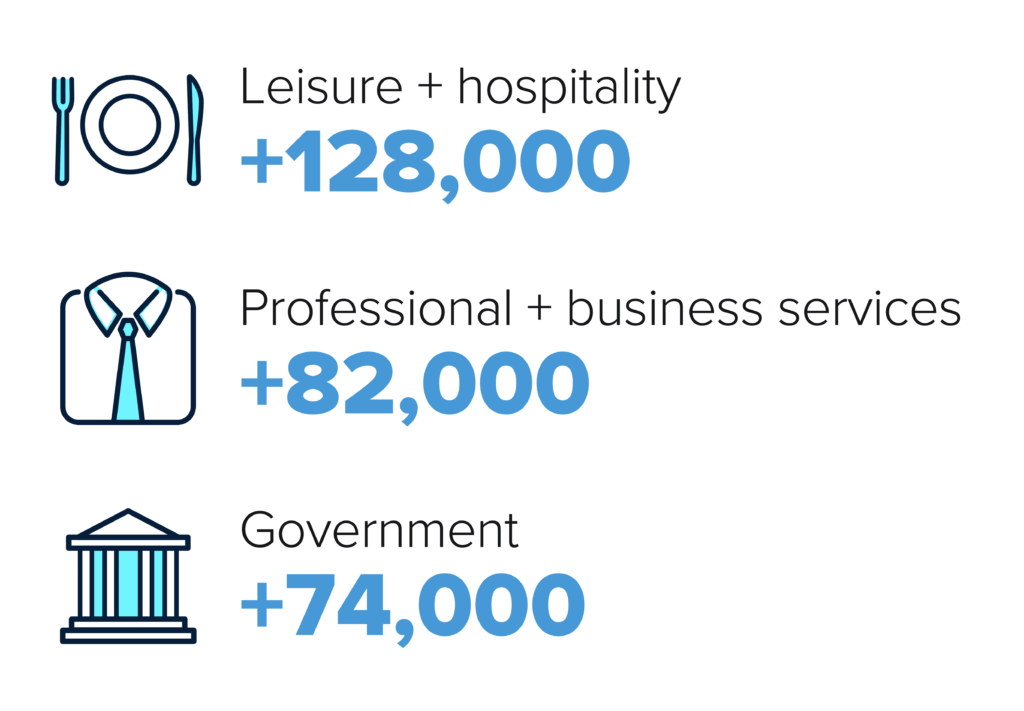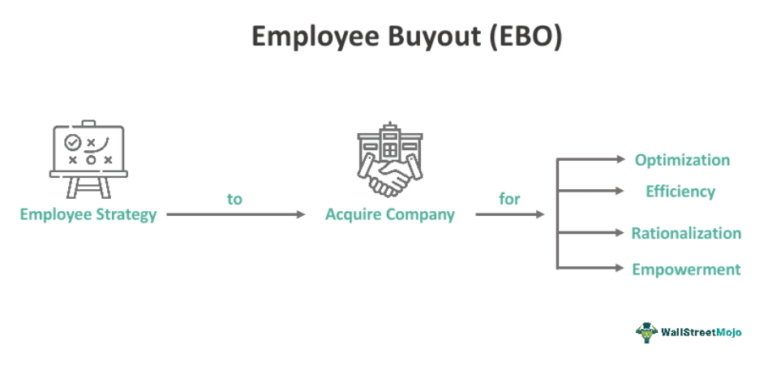
Audience
- Sentiment: Neutral
- Political Group: Moderate
- Age Group: 25-54
- Gender: Both
Overview
- Job growth in January 2023 was lower than expected with only 143,000 jobs added.
- Unemployment rate decreased to 4%, indicating a resilient job market.
- Wages increased by 0.5% for the month, suggesting improving earning potential.
The U.S. Labor Market: What January’s Job Report Means for Everyone
If you’ve ever wondered about what’s happening in the U.S. job market, the report for January 2023 has some interesting news, but also some mixed signals. It’s a bit like a new video game release—there are exciting features, but maybe a few glitches too. Let’s dive into it and figure out what all this means for you and your future!
A Slower Month for Job Growth
To kick things off, January was a bit of a letdown when it came to job creation. The U.S. economy added 143,000 jobs, which is significantly lower than many expected. If you were to compare it to a sports game, that’s like your team coming in with a strong record but then losing a key match by a small margin. Just to give you a clearer picture, the previous month had seen a whopping 263,000 jobs added! That’s a huge difference, right?
So, why did this happen? Well, job creation can be influenced by various factors, like economic conditions, seasonal changes, and even how businesses feel about the future. Imagine it like a group of friends deciding whether to take a trip together—if one person is hesitant or if the weather doesn’t look great, others might rethink their plans too. Similarly, companies might hold back on hiring if they feel uncertain about economic prospects.
The Bright Side: Unemployment Drops!
Now, let’s not get too gloomy just yet! One of the brighter notes in this report is that the unemployment rate actually fell to 4%. That’s really good news! A lower unemployment rate means that more people who want and are able to work are finding jobs. It’s encouraging because it suggests that the economy is still pretty resilient, even if job growth has slowed down.
To put it in perspective, think of it like this: if you had a basketball game where one team isn’t scoring many points but is still managing to keep the score close, it shows that the defense is strong—people are maintaining their jobs.
Wages Are on the Rise
Another positive aspect to consider is the increase in wages. In January, wages increased by 0.5% for the month, and year-over-year, they went up by 4.1%. That’s like getting a bonus after working hard all year! Higher wages mean that people have more money to spend, which can be great for the economy overall.
Imagine you just got that job you were dreaming of, and not only did you get hired, but your boss decided to pay you more than you expected. With that extra cash in your pocket, you can save for that new video game console or treat your friends to some pizza. Increased wages can boost your confidence and spending power, leading to a brighter outlook for everyone!
Revising the Story: Job Count Adjustments
However, there’s something crucial to consider. The Bureau of Labor Statistics (BLS) revised previous job numbers, which means they downgraded the overall job count by 589,000 for the past year. It’s kind of like finding out that your favorite movie series had some plot holes—what you thought was true needed a second look. The way job statistics work is that they can be revised as more information comes in, but these changes can catch some people off guard.
What’s important to remember is that even with the downgrade, the number of people employed still rose. This is akin to watching your favorite character go through a rough patch but ultimately finding a way to succeed by the end of the story. The job market has its ups and downs, but there’s hope if we look at the overall trend.
Where Are the Jobs Coming From?
The job growth we did see was concentrated mainly in sectors like health care, retail, and government. For example, think about how after the pandemic, many people found new jobs in health care because there is a growing demand for nurses and health workers. Similarly, retail jobs are essential as more people return to shopping in stores. Remember when we had to wear masks everywhere? Now things are starting to feel a bit more normal, and that’s causing more jobs to open up.
In contrast, there was a decline in jobs within the mining sector. Picture this: if a popular video game franchise decided to change their game style, some players might not like the change and stop playing. This kind of transition in the job world takes time to adapt to, and certain industries will need to find ways to innovate and recover.
What Does All This Mean for the Future?
So, what does all this mean for your future? While the job numbers might sound a little concerning, think about them as a wake-up call. The increase in wages and decrease in unemployment suggest that, despite the recent slowdown in job creation, there’s still a lot of potential for growth. It’s like seeing that a tough level in your favorite game can be beaten—you just have to be strategic about it.
Federal Reserve officials are keeping a close eye on these trends to adjust their monetary policy. This basically means they’re looking at how to stimulate the economy, keep inflation in check, and ensure that people can find jobs. It’s like balancing the settings on a video game to make sure it’s challenging, but not impossible!
Conclusion: The Future is in Your Hands
Ultimately, the state of the job market reflects a mix of challenges and opportunities. As you think about your future career, consider what industries are growing. Health care, technology, and green energy are fields that could offer plenty of options. Remember to stay curious and keep learning—your skills will be valuable, and you never know what incredible opportunities are waiting for you.
So, what do you think about the January job report? Do you feel optimistic about your future job prospects, or do you think there are areas that need improvement? I’d love to read your thoughts in the comments below!





